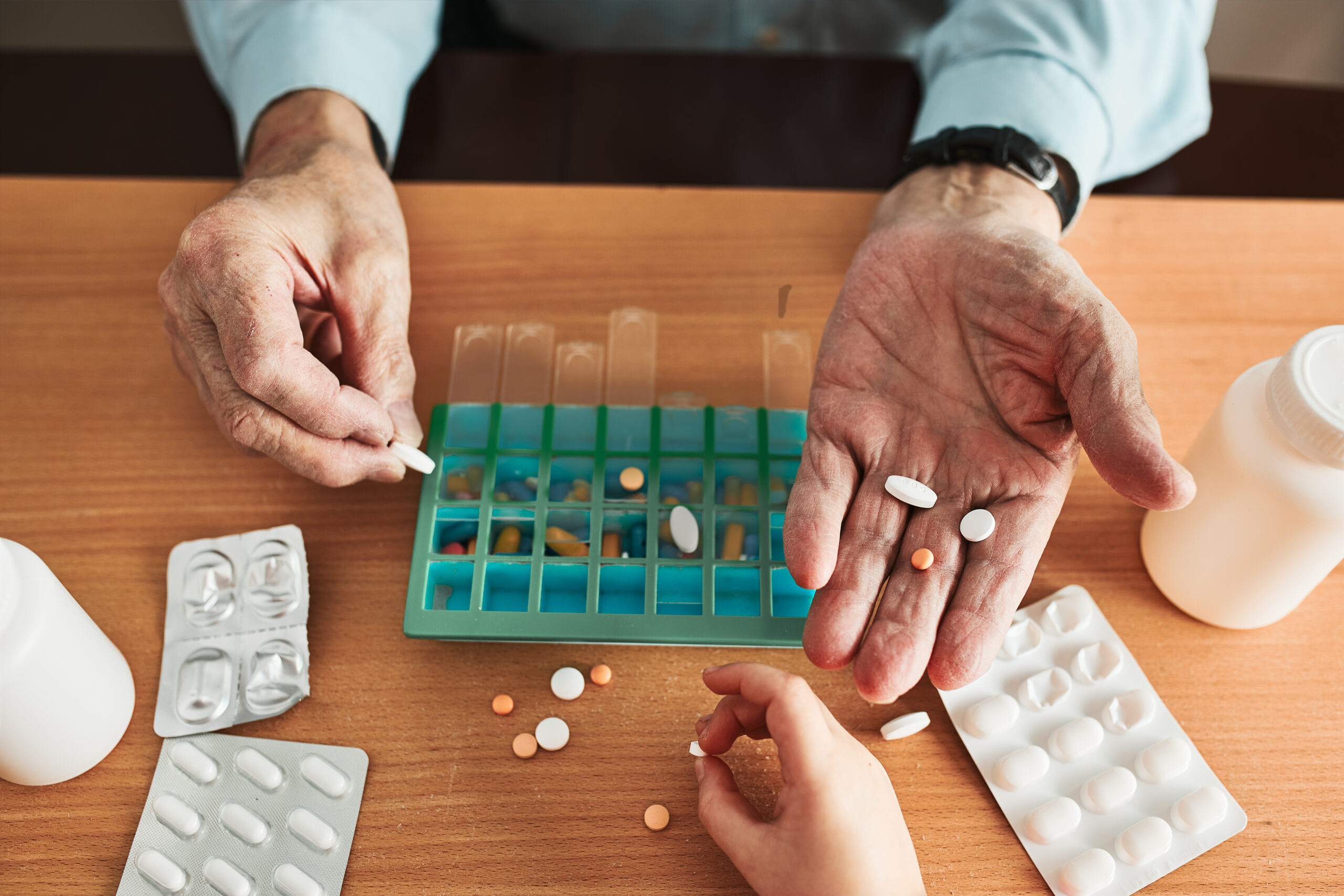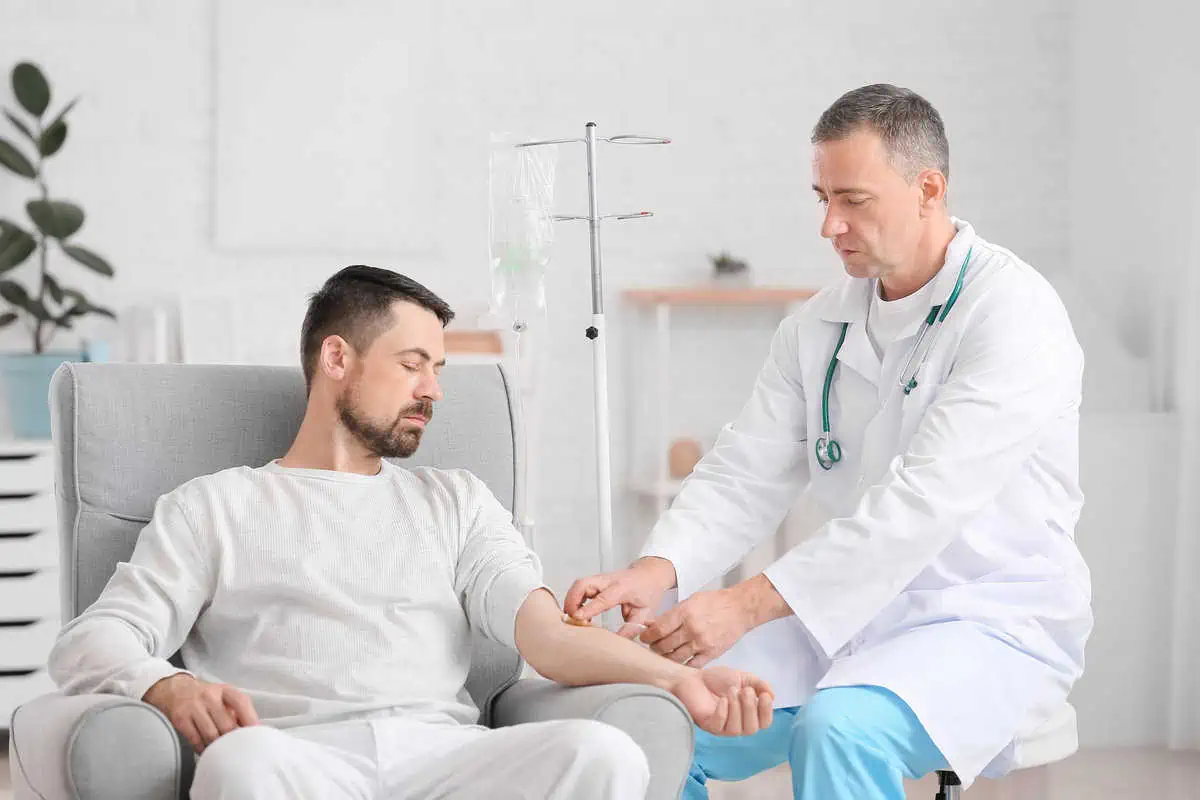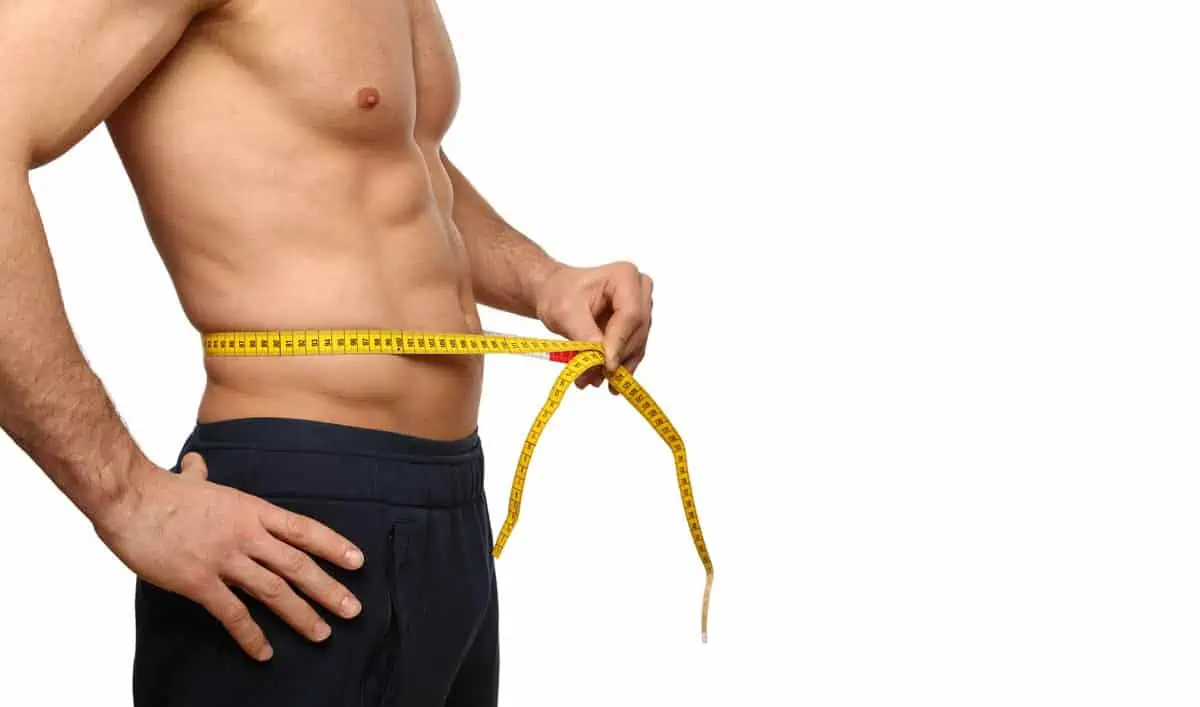
Why is PRP the new alternative to surgery?
Platelet-rich plasma (PRP) therapy has gained popularity in various medical fields, including orthopedics, dermatology, and sports medicine, as an alternative to surgery for certain conditions. The idea behind PRP therapy is to use a patient’s own blood components, specifically platelets and growth factors, to stimulate the body’s natural healing processes. This promotes tissue regeneration and reduce inflammation, which are factors that contribute to the appeal of PRP therapy as a non-surgical option.
There are a few reasons why PRP therapy is being explored as a substitute for surgery:
- Minimally Invasive: PRP therapy is a minimally invasive procedure. It involves drawing a small amount of the patient’s blood, processing it to concentrate the platelets, and then injecting the PRP directly into the affected area. This minimizes the need for large incisions and reduces the risk of complications associated with surgery.
- Faster Recovery: Because PRP therapy doesn’t involve major surgical interventions, the recovery time is often shorter. Patients might experience less pain and discomfort compared to recovering from surgery, potentially allowing them to resume their normal activities sooner. Most activity can be continued during therapy.
- Reduced Risk: Surgical procedures carry inherent risks, including the risk of infection and complications related to anesthesia. PRP therapy eliminates the need for these risks, making it a safer option for certain conditions.
- Personalized Treatment: PRP therapy utilizes the patient’s own blood, reducing the risk of allergic reactions or rejection. This personalized approach can lead to more effective treatment outcomes in some cases.
- Chronic Conditions: PRP therapy is commonly used for chronic conditions like osteoarthritis, tendinitis, and certain ligament injuries. Surgery might not be the most suitable option for these types of conditions, and PRP therapy offers a potential alternative for managing symptoms and promoting healing.
- Research and Advancements: Ongoing research and advancements in medical technology are leading to a better understanding of the benefits and limitations of PRP therapy. As more data becomes available, healthcare professionals can better tailor treatment plans to individual patients, further enhancing the effectiveness of PRP therapy.
- Affordable: PRP treatments are affordable. Insurance is not required. They cost less than most insurance deductibles making it available to all. Although health insurance does not cover PRP, there are payment plans available.
Ultimately, the decision to use PRP therapy versus surgery depends on the patient’s condition, preferences, and the recommendations of their healthcare provider. It’s important for patients to have thorough discussions with their doctors to fully understand the potential benefits and risks of both options before making a decision.
Platelet-rich plasma (PRP) therapy has been explored for a wide range of medical conditions, especially those involving musculoskeletal and dermatological issues. While its effectiveness can vary from person to person, PRP has shown promise in the treatment of the following conditions:
Musculoskeletal Conditions:
- Osteoarthritis: PRP injections can help alleviate pain and improve function in joints affected by osteoarthritis, such as the knee, hip, and shoulder.
- Tendinopathy: PRP therapy is commonly used to treat conditions like tennis elbow (lateral epicondylitis), golfer’s elbow (medial epicondylitis), Achilles tendinopathy, and patellar tendinopathy.
- Ligament Injuries: PRP injections might aid in the healing of certain ligament injuries, such as sprained or partially torn ligaments.
- Muscle Injuries: PRP can potentially accelerate the healing of muscle injuries, such as strains and tears.
- Rotator Cuff Injuries: PRP injections can be considered for partial rotator cuff tears and other shoulder-related issues.
Dermatological Conditions:
- Hair Loss: PRP therapy has been used to stimulate hair growth in cases of androgenetic alopecia (pattern baldness) and other types of hair loss.
- Acne, Scarring, Stretchmarks: PRP injections can be used as part of a treatment plan to improve the appearance of acne scars.
- Skin Rejuvenation, Fine Lines, Age Related Changes: PRP is sometimes combined with microneedling or laser treatments to enhance skin texture, reduce fine lines, and improve overall skin tone.
Other Conditions:
- Chronic Tendon Injuries: Conditions like chronic patellar tendinopathy (jumper’s knee) and chronic Achilles tendinopathy might benefit from PRP therapy.
- Plantar Fasciitis: PRP injections can be considered for individuals with chronic plantar fasciitis, a condition causing heel pain.
- Osteonecrosis: PRP has been explored as a potential treatment option for avascular necrosis, a condition where bone tissue dies due to lack of blood supply.
- Postsurgical Healing: Some surgeons use PRP to promote healing after certain surgical procedures, such as oral surgery or plastic surgery.
- Certain Eye Conditions: Some vision loss caused by conditions such as macular degeneration and dry eye can be treated with PRP that is combined with other ingredients to make medicated eye drops.
- Neuropathy: Using techniques developed by the National Stem Cell Research Institute, PRP is used along with lifestyle changes to reverse the effects of neuropathy.
It’s important to note that while PRP therapy has shown promise for these conditions, the scientific evidence supporting its effectiveness can vary. The suitability of PRP therapy for a specific condition depends on factors like the patient’s medical history, severity of the condition, and the advice of a qualified medical professional. Additionally, ongoing research and advancements may lead to more applications for PRP therapy in the future.
During a PRP consultation with Rio, a full medical history is reviewed to advise on whether PRP is right for you and your condition. As part of your PRP program you will receive a nutrition plan, exercises, and suggestions for treatments and supplements that can enhance your regenerative process. Everything we do at Rio is researched based and the programs are put together for your specific needs. What is your goal of treatment? To get back to rock-climbing, skateboarding, skiing, snowboarding, or just to be able to wave like a beauty queen again? I have helped many patients do exactly those things and more. I am also a believer in PRP because it has worked for me and has allowed me to get back to the active lifestyle that I love.
FREE CONSULTATIONS THROUGH OCTOBER UNTIL APPOINTMENTS ARE FILLED. Call Today!





